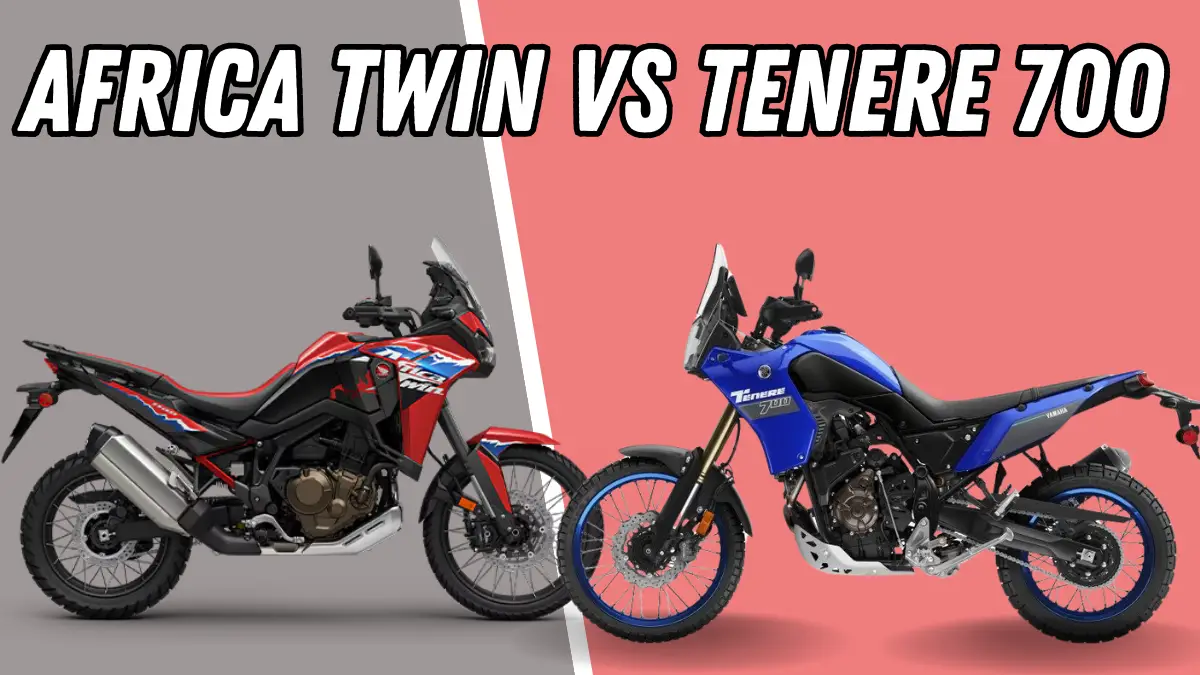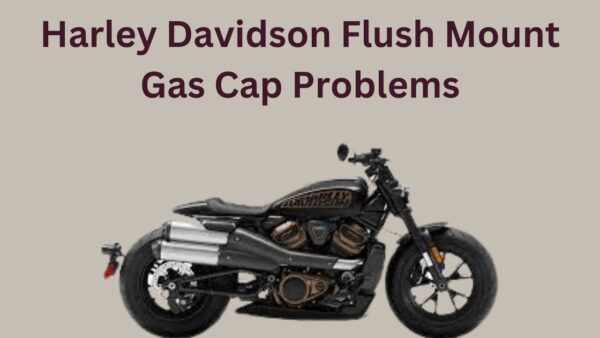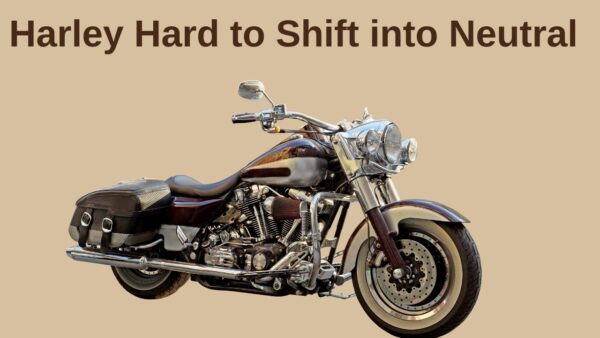The Honda CB300R is an acclaimed motorcycle praised for its sleek design, sturdy frame, and impressive fuel efficiency.
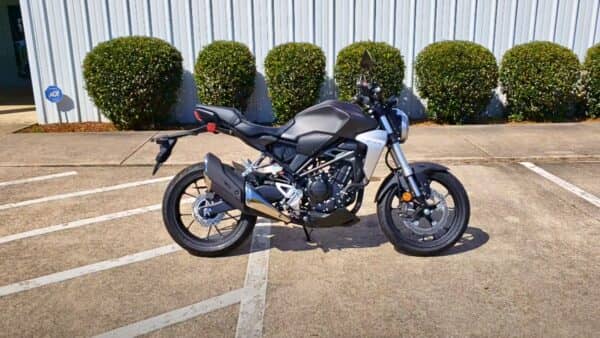
However, like any mechanical device, it is not free from occasional problems and issues.
So, in this article, we will discuss the most common problems and provide you with possible solutions.
Let’s begin!
Honda CB300R Problems
Honda CB300R’s common problems are; Rattling Noise at High RPMs, Difficulty Finding Neutral, Engine Stalling or Dying, Crankshaft Defect/Recall Issues, Chain Stretches Too Quickly, Kickstand Position Too Tall, Difficulty Riding in 1st Gear, Faulty Speedometer, and Uncomfortable Seat.
1. Rattling Noise at High RPMs
Honda CB300R owners often report a distinctive rattling noise when the bike reaches high RPMs.
This issue can be traced back to several causes. It could be a result of the fairing vibrating around the head cap.
In this case, you might want to tighten the screws and bolts on the fairing to alleviate the situation.
The problem could also originate from a loose fuel cap. Ensure to secure the cap properly after refueling.
Another possible issue could be a faulty valve spring.
If the valve springs are worn out or damaged, they won’t be able to keep up with the engine’s speed at high RPMs, causing a rattling sound.
To resolve the problem you might need to replace these springs with the other high-quality ones.
2. Difficulty Finding Neutral
The second common issue that Honda CB300R owners often face is the difficulty in finding neutral.
This problem manifests itself when riders attempt to shift into neutral gear and encounter resistance.
The bike either refuses to switch into neutral or gets trapped in this gear during traffic stops.
This not only poses a challenge during commuting but also risks the safety of the riders.
Adjusting the clutch cable could be a possible solution to this problem.
If the cable is too tight, it may not allow the gear to shift properly, leading to difficulty in finding a neutral. Loosening the clutch cable slightly might help solve this issue.
You should also ensure that the motorcycle is well-lubricated can also assist in smoother gear transitions.
Regularly replacing your bike’s oil, and using the correct type as recommended in your manual, can contribute to the effective functioning of the gears.
Lastly, you should consider practicing shifting gears when the bike is off and stationary.
This practice, known as ‘dry shifting’, can help the rider get a feel of the gears and find neutral more effortlessly.
3. Engine Stalling or Dying
This problem might occur when the engine isn’t receiving enough fuel or air for proper combustion. So, you should check the fuel filter for any blockages and replace it if necessary.
Similarly, expired or contaminated gas can cause the engine to stall, so ensure the fuel is fresh and of good quality.
You should also inspect the air filter for any dirt or impurities that could obstruct the flow of air into the engine.
If the battery isn’t performing optimally, the engine might lack the necessary power to keep running, hence it’s essential to regularly test the battery’s performance.
Lastly, a malfunctioning spark plug could interrupt the ignition system, leading to engine stalling. You can replace a faulty spark plug with a new one.
4. Crankshaft Defect/Recall Issue
This issue arose due to an improper machining process during manufacture that affected certain model years.
The crankshaft, a critical component in the engine, was not machined correctly, leading to a potential failure of the rod bearing.
This could, in turn, result in a catastrophic engine failure. Essentially, the defect could cause the motorcycle to stop abruptly while in motion, posing a serious risk to the rider.
The solution to this problem is to replace the crankshaft and rod bearing with properly machined components.
Also, if you own a Honda CB300R from the affected model year, you check out whether your bike was part of the recall and if it was, ensure that this issue has been rectified.
5. Chain Stretches Too Quickly
Some owners also have reported that the bike’s chain stretches more than expected, which can be a significant issue.
Rapid stretching of the chain can lead to poor bike performance, and decreased fuel efficiency, and can potentially be a safety hazard as well.
A possible solution could be to regularly check and adjust the chain tension. You can do this by measuring the chain slack and adjusting the chain adjusters as needed.
This routine maintenance can help prolong the life of the chain and ensure the bike operates smoothly.
Another solution might be to consider investing in a higher-quality chain.
While this might be slightly more expensive initially, a good quality chain is likely to last longer and stretch less, potentially saving money in the long run.
6. Kickstand Position Too Tall
The issue of the kickstand being too tall is a common concern among owners, particularly those of shorter stature or in areas with frequent windy conditions.
This problem makes the bike more upright than optimal when parked, posing a potential risk of toppling.
A possible solution is to modify the kickstand itself. Reducing its height by cutting a segment from the bottom and re-welding the foot can make the bike lean more when parked.
Another possibility is to purchase an adjustable aftermarket kickstand designed to accommodate different bike lean angles.
As with all modifications, care, and precision are essential to maintain the bike’s balance and safety.
7. Difficulty Riding in 1st Gear/At Low Speeds
This issue affects balance and control when traveling at lower speeds. It might stem from the configuration or adjustment of the bike’s fuel injection system.
If the fuel-air mixture isn’t adequately balanced, it can lead to inconsistent power delivery and therefore ‘jumpiness’.
Related:
So, adjusting the fuel injection system can help smoothen the power delivery, making the bike more controllable in 1st gear.
On the other hand, practicing clutch control and throttle control can help you manage the jumpiness and improve low-speed maneuverability.
8. Faulty Speedometer
Some CB300R owners have reported issues with the bike’s speedometer not displaying the correct speed. This is more than just a minor inconvenience; it’s a safety issue.
Knowing the accurate speed of your motorcycle is crucial for safe riding, as it helps you to judge your braking distance, decide when to shift gears, and comply with speed limits.
The root cause of a faulty speedometer could be a loose connection or a problem with the speed sensor or the speedometer itself.
To troubleshoot this problem, you should check the speedometer cable for any signs of damage or wear.
Ensure it’s properly connected and tensioned. If the problem persists, inspect the speed sensor, a device that sends speed data from the wheels to the speedometer.
Cleaning the sensor to remove dirt or debris might resolve the issue. Lastly, you can replace the speedometer unit if it’s not functioning correctly.
9. Uncomfortable Seat/Riding Position
This could be because the seat is too hard, too narrow, or positioned too high. During prolonged rides, this discomfort may escalate, causing a less-than-pleasant riding experience.
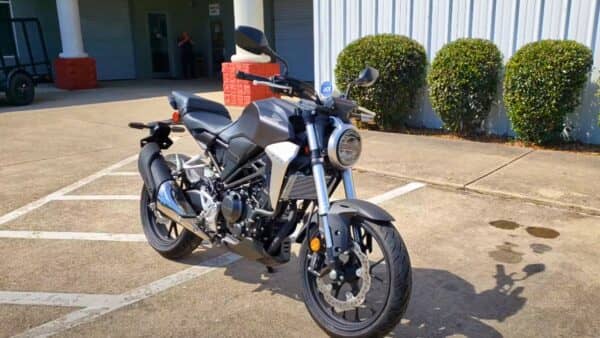
A possible solution for this problem is to invest in a cushioned seat cover specifically designed for motorcycle use.
These accessories can provide added padding and comfort, alleviating the hardness of the seat.
You can also consider adjusting the height of the seat, if possible, to better suit your personal comfort and riding style.
You’ve to conduct minor adjustments gradually and test ride after each change to identify the most comfortable position.
Honda CB300R Technical Specifications
| Specifications | Details |
|---|---|
| Engine Type | Liquid-cooled single-cylinder four-stroke |
| Displacement | 286cc |
| Bore x Stroke | 76mm x 63mm |
| Compression Ratio | 10.7:1 |
| Valve Train | PGM-Fi, electronic fuel injection |
| Ignition | Fully transistorized |
| Max Power | 30.4 HP (22.8 kW) at 8,500 RPM |
| Max Torque | 27.4 Nm (20.2 lb-ft) at 7,500 RPM |
| Transmission | Six-speed manual with assist and slipper clutch |
| Final Drive | O-ring sealed chain |
| Front Suspension | 41mm telescopic fork; 5.1 inches travel |
| Rear Suspension | Pro-Link single shock; 4.2 inches travel |
| Front Brake | Single 296mm disc with hydraulic caliper |
| Rear Brake | Single 220mm disc with hydraulic caliper |
| ABS System | Two-channel Anti-Lock Braking System (ABS) |
| Front Tire Size | 110/70R-17 radial |
| Rear Tire Size | 150/60R-17 radial |
| Wheelbase | 53.3 inches |
| Seat Height | 30.7 inches |
| Fuel Capacity | 2.7 gallons, including 0.5-gallon reserve |

Ahtsham Younas is a passionate blogger and content writer. He loves to ride motorcycles and learn the mechanical process behind the motorcycles.
He has been writing articles in the motorcycle industry since 2019 and has learned many things about motorbike niches.

